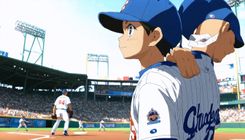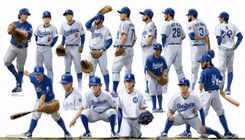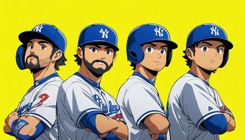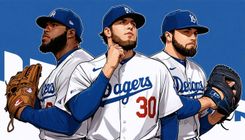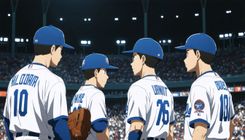Major League Baseball Trade Deadline Review: Winners and Losers
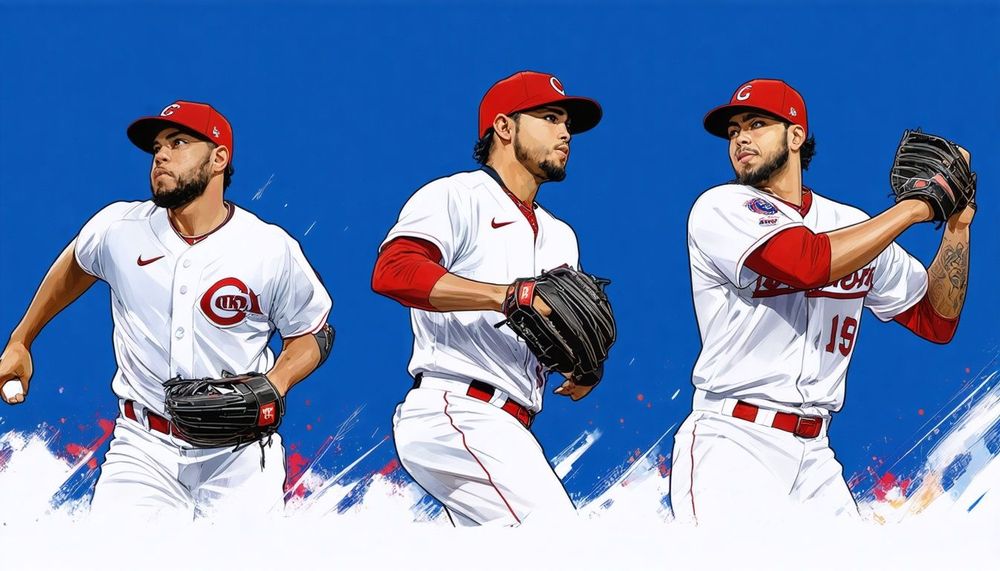
The Major League Baseball trade deadline once again proved to be an unpredictable event, with significant trades taking place in the final hours. As the deadline approached, anticipation built among fans and analysts alike. In a surprising turn, notable players such as Carlos Correa, Mason Miller, Eugenio Suárez, and others were involved in moves that reshaped multiple teams' trajectories across the league.
One standout in these trades was right-handed pitcher Mason Miller. Known for his dominant two-pitch arsenal, Miller frequently exceeds 103 MPH with his four-seam fastball, paired with a highly effective slider. In his brief career, he has allowed just a .126 average against when batters face his slider, amassing 94 strikeouts in just over 180 at-bats ending in that pitch. The Oakland Athletics, recognizing his potential and with him under team control through 2029, commanded a significant return in a trade with the San Diego Padres. The Padres did not only part with their top prospect, shortstop Leo De Vries, but also sent additional highly-regarded prospects, including right-handers Braden Nett, Henry Baez, and Eduarniel Núñez, to obtain Miller and left-handed pitcher JP Sears. This trade was marked as a potential win-win, with Miller addressing the Padres' immediate pitch depth issues and the Athletics acquiring premium prospects that could become key contributors in the near future.
Meanwhile, the Minnesota Twins faced a challenging situation at the trade deadline, marked by the impact of Pablo López's shoulder injury. Subsequent to their promising start, the Twins witnessed a dramatic downturn in performance, resulting in them becoming sellers as the deadline drew near. Despite the efforts of Byron Buxton to remain with the team, several players departed, including Carlos Correa, which sent a clear message about the franchise's direction. The Twins managed to retain some key talent while parting ways with others, raising concerns about their future competitiveness.
The New York Mets also took a commanding approach to the deadline, seeking to bolster their struggling bullpen. In the shadow of Edwin Díaz's exceptional performance, the Mets have added three notable rental arms to their roster, acquiring Ryan Helsley from the St. Louis Cardinals, Tyler Rogers from the San Francisco Giants, and Gregory Soto from the Baltimore Orioles. These moves significantly enhance their relief options, although they came at the cost of parting with several promising prospects, indicating a focused push toward postseason contention.
In St. Louis, the narrative shifted dramatically as the Cardinals, initially viewed as contenders, opted for a selling approach at the deadline. With several key players holding no-trade clauses, the Cardinals faced limits in their ability to make significant deals. Their package returns from trades were modest, raising questions about their plans for rebuilding and the longevity of their current roster.
The Chicago Cubs and Chicago White Sox found themselves on different trajectories but neither maximized their opportunities at the deadline. The Cubs added some players to their roster but failed to make substantial impacts, while the White Sox remained static, holding on to their assets instead of initiating roster adjustments. This inaction has led to concerns about their future direction in light of their current standings.
As the deadline passed, the Toronto Blue Jays made a notable move, acquiring Shane Bieber from the Cleveland Guardians. This deal marks a significant opportunity for the Blue Jays as they look to bolster their rotation and pursue success in the postseason. Notably, they managed to secure Bieber for relatively low cost, reflecting the complexities of his recent injury history and payroll commitments, but offering tremendous upside should he perform effectively.
Controversially, the Cincinnati Reds' decision to trade for Ke'Bryan Hayes rather than pursuing Eugenio Suárez surprised many observers, considering their existing need for offensive production. While Hayes brings elite defensive capabilities, his offensive numbers call into question about whether this trade adequately addresses the team's pressing needs at third base. The Reds' approach raised eyebrows as they seemingly chose to invest in a player whose overall value may not fulfill their requirements for a playoff run.
In a series of notable acquisitions, the Seattle Mariners successfully re-acquired Eugenio Suárez, further strengthening their lineup. With a recent inability to generate offense, the Mariners also added first baseman Josh Naylor and left-handed pitcher Caleb Ferguson, signaling an all-in approach to enhancing their roster for postseason possibilities. Remarkably, they retained many of their top prospects despite these trades.
In the National League, the race for supremacy between the Houston Astros, Seattle Mariners, and Texas Rangers intensified in the final moments ahead of the deadline, showcasing the competitive landscape of the league. Meanwhile, the Los Angeles Dodgers opted for a conservative strategy, not making significant shifts despite the heightened competition within their division.
Lastly, the Milwaukee Brewers appeared to miss opportunities to amplify their roster before the deadline, making minimal moves that raised eyebrows given their standings as one of the top teams in baseball. Such decisions evoke discussions on whether they are adequately preparing for a potential playoff push.



